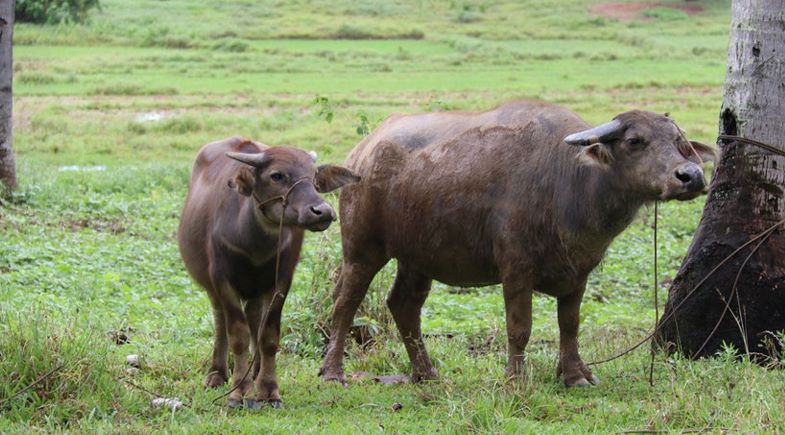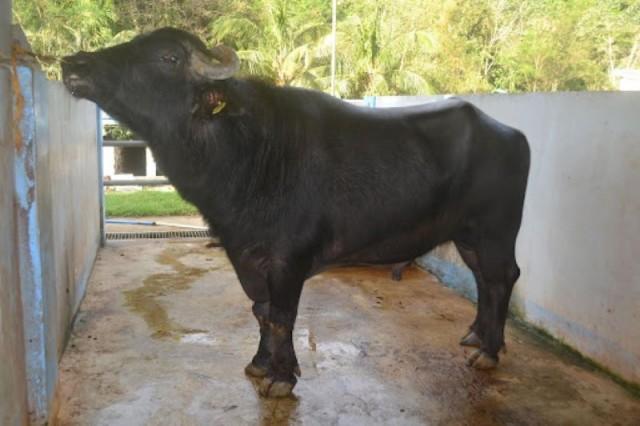Scientists find Philippine native carabao, riverine buffalo as distinct species

The two domesticated buffaloes in the Philippines are different species, according to a study conducted by Filipino scientists.
The Philippine native carabao or swamp buffaloes (Bubalus bubalis carabanensis) and riverine buffaloes (Bubalus bubalis bubalis) have traditionally been identified as subspecies of Bubalus bubalis, but researchers from the University of the Philippines—Diliman College of Science’s Institute of Biology (UPD-CS IB) and the Department of Agriculture—Philippine Carabao Center (DA-PCC) said the DNA sequences of the genes from both buffaloes are distinguishable and that their chromosome numbers are different.
“These results corroborate the observed differences in their appearances. Swamp buffaloes can be identified by the white or light gray markings on their lower jaw and brisket, known as a chevron, as well as their lighter skin and coat color compared to riverine buffaloes. They are also smaller, weighing between 325 and 450 kg, and have crescent-shaped horns. They are mainly used as draught animals,” said Dr. Lilian Villamor, one of the researchers from DA-PCC.
“River buffaloes, on the other hand, are larger, weighing between 450 and 1,000 kg, and have curly horns. They are primarily raised for milk and meat production.”

In light of these findings, the research team said the Philippine native carabao should now be classified as Bubalus kerabau Fitzinger, 1860.
“The reclassification of the Bubalus bubalis carabanensis to Bubalus kerabau Fitzinger, 1860, supports earlier assumptions that riverine and swamp buffaloes are distinct. Confusions on the classifications of the two buffaloes have implications on the breeding program of these species,” said Dr. Ian Kendrich Fontanilla, another researcher from UPD-CS IB.
Future research will likely involve crossbred buffalo chromosomes, which the researchers hope will shed light on the genetic relationships between these types of buffaloes and help refine the Bubalus bubalis classification.
The study, titled “Molecular Data and Karyotype Revealed Two Distinct Species of Domesticated Water Buffaloes in the Philippines,” was published in the Philippine Journal of Science, an open-access, single-blind peer-reviewed journal on natural sciences, engineering, mathematics, and social sciences. —Sherylin Untalan/VBL, GMA Integrated News




